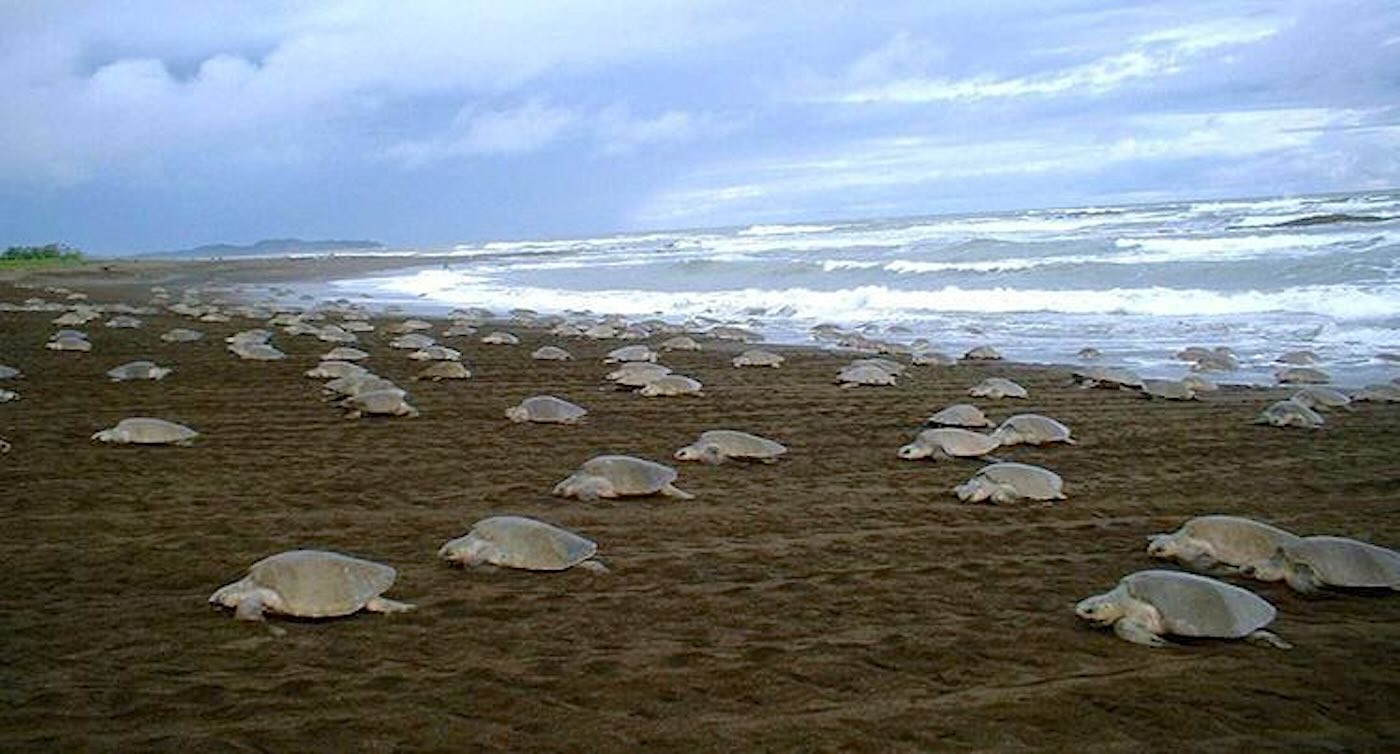Sea Turtles Stage a Remarkable Comeback: A Testament to Conservation Success

Recent research highlights a significant rebound in sea turtle populations globally, showcasing the effectiveness of conservation efforts and changing public attitudes towards these majestic creatures. Once on the brink due to overhunting and habitat loss, many species of sea turtles are now thriving, thanks to strict protective measures and a collective commitment to preserving marine life.
Positive Signs for Sea Turtle Populations
According to a study conducted by scientists from Deakin University and NOAA Fisheries, most of the seven sea turtle species are experiencing growth in their numbers. The findings reveal that regions with enhanced protections, such as reduced artificial lighting on nesting beaches and regulations to prevent accidental captures in fishing gear, have seen marked increases in turtle nesting. Marine Science Professor Graeme Hays expressed optimism, referring to sea turtles as "a shining light of marine conservation".
Shifting Perspectives and Ecotourism
The revitalization of sea turtle populations also reflects a profound shift in societal values. Younger generations are increasingly viewing sea turtles not as game but as vital components of marine ecosystems. In a notable transformation, former poachers are now engaging in ecotourism, leading tours that promote awareness and appreciation of nesting turtles. This not only fosters conservation but also provides sustainable livelihoods for local communities.
Encouraging Trends in Nesting Sites
The data analyzed revealed that significant population increases were three times more common than decreases. For example, a remarkable 500% rise in eggs laid by green sea turtles in the Seychelles exemplifies the positive trends being observed. Additionally, the number of loggerhead nests in Cape Verde surged from around 500 to an impressive 35,000 from 2008 to 2020. These statistics illustrate the success of conservation laws, such as the Endangered Species Act, which has played a pivotal role in safeguarding these species since its inception in the late 20th century.
Remaining Challenges but a Hopeful Future
While many populations are thriving, conservationists are still wary of challenges faced by specific groups, such as the leatherback turtles, particularly in the Caribbean and Pacific. Climate change poses significant risks, but the adaptability shown by certain populations, like the loggerheads exploring cooler nesting areas, offers hope for future resilience against environmental changes. The consensus among scientists is clear: protecting these species leads to their revival, contributing positively to marine ecosystems.
As we glean lessons from the resurgence of sea turtles, it is a reminder of the impact of dedicated conservation efforts and changing public perceptions. The story of sea turtles serves not only as an uplifting account of recovery but also as a rallying call to preserve our planet's biodiversity for generations to come.